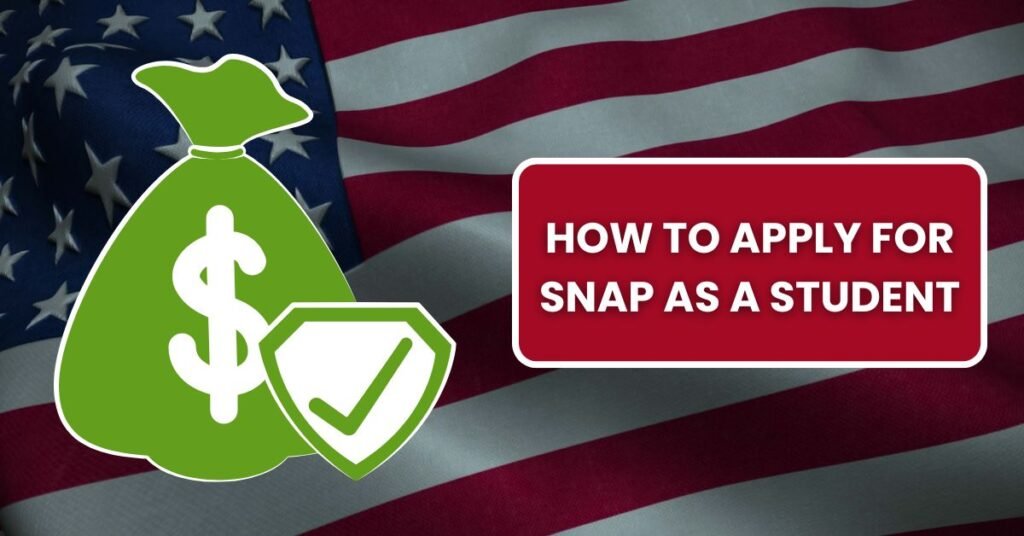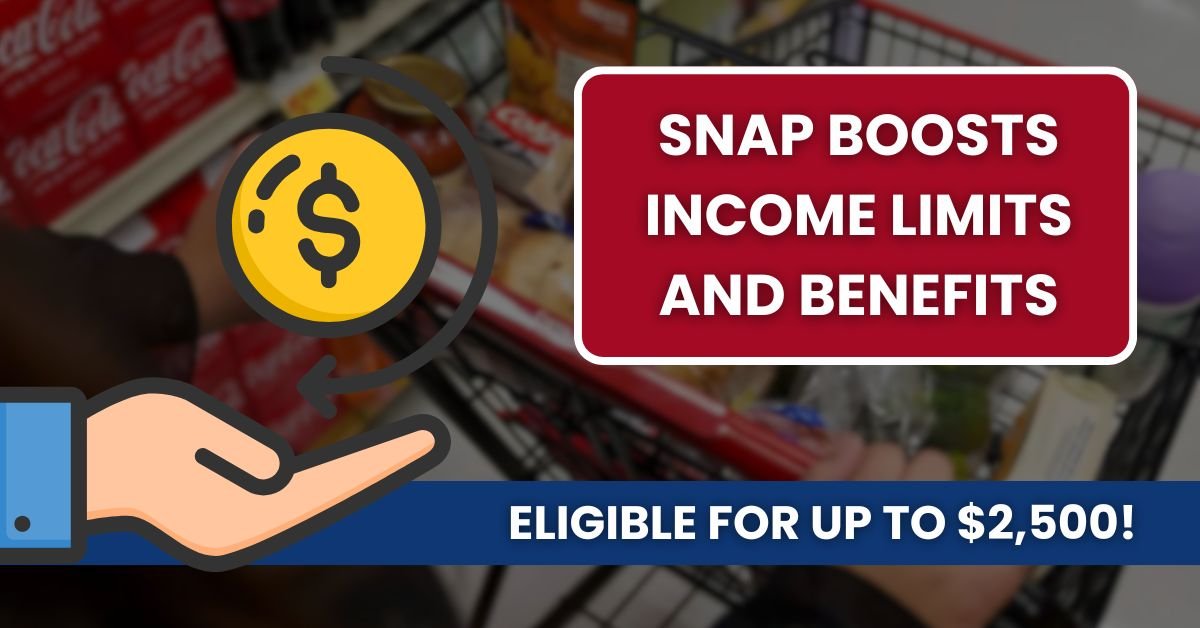As of October 1, the Supplemental Nutrition Assistance Program SNAP recently updated its income limits and benefit amounts. Included in the annual cost of living adjustment, this change aligns the program with inflation so more individuals can take advantage.
SNAP continues to be a critical resource for people in the United States who face food insecurity and is an important avenue to purchase nutritious food. Besides low-income students and their families, if you qualify, you can apply to students as well.
Increase in income limits to qualify for SNAP benefits
The recent changes have increased the monthly income limit for a single person to qualify for SNAP to $2,510, more than double of what it had been in previous years. Directly concerned are students and other groups that previously did not meet the income threshold for SNAP assistance. This higher income limit has opened up new possibilities for students whose earnings were just below the threshold of the old one, which, for instance, was about $1,500 a month, said Julia Morrill, director of the Basic Needs Program at the University of Oregon.
Under the new rules, students who are enrolled in six or more undergraduate credits or five graduate credits AND meet one additional qualifying condition can qualify for SNAP more easily. This change will make the program more suitable for students who especially require some help to control their food expenses.
What can you buy with SNAP benefits?
SNAP benefits are meant to be used on food and non-alcoholic beverages. They can be used as benefits at most grocery stores to buy fruits, vegetables, meat, fish, bread, cereals and other necessary products. With that being said, though, there are some limitations. You can’t use SNAP benefits to buy food items like tobacco, alcohol, medications, supplements, or other items. But SNAP benefits do not allow you to buy hot or prepared foods.
Many students rely on SNAP assistance to supplement their options for nutritious foods and to expand their range. The program helps offset the barrier to getting healthy foods for those in need, improving the overall health and well-being of the community. Adequate nutrition can help increase focus and academic performance and help diminish financial stress related to food.
Also Read: Receive Up to Five SSI and Social Security Payments Before 2025: Here’s How!
How to apply for SNAP as a student

If you apply for SNAP benefits for the first time, it may seem tedious given the documentation requirements. The Oregon Department of Human Services lets students start the process of application on its website or an office. You need a social worker from the Department of Human Services to have an interview with you after the application is done. The interview can either be done in person or over the phone.
The University of Oregon’s Basic Needs Program team, headed by Morrill, assists students along the path of application, providing information about what documentation is necessary, and making sure students have the answers to questions about the forms. While the team isn’t able to fill out applications for students, their assistance does allow a pathway towards these benefits.
Stores that accept SNAP benefits
The majority of grocery stores and supermarkets accept SNAP and simply check the store’s website or in store to confirm that they accept. The only place where SNAP is accepted on the University of Oregon campus, Agate Street Market is located in Unthank Hall and is open in the dining hall for packaged goods and deli appetizers, including sandwiches and salads.
Restrictions on SNAP eligibility for students with meal plans
Specific restrictions regarding SNAP eligibility apply to students who live in university housing with meal plans. Student must not take in more than 51% of the total food and beverage requirements, or days, as covered by a meal plan in order to qualify for SNAP.
However, if the student’s meal plan only covers less than 50% of the student’s income, then they may or may not qualify if they also meet the other income requirements.
This is done to prevent overlapping benefits, as university meal plans are typically intended to provide a substantial number of the nutritional needs of students who reside in residence.
SNAP benefits as a support for healthy eating
SNAP more than just helps people in need of food spend their modest budgets on food; it can also diminish the adoption of unhealthy eating habits. Students have access to a variety of fresh foods and access to fresh foods has an immediate impact on student well-being. It is easier on your nervous system to be able to pick nutritious foods without the extra added stress of having to make out a budget that it helps towards a better quality of life and academic performance.
As income limits grow, benefit amounts are increasing, and this is helping SNAP continue serving those that rely on them the most, adapting to the rising costs of living.
Also Read: Social Security 2025: Know the 2 big changes and new payment dates!
FAQs
Q. What are the new income limits for qualifying for SNAP benefits?
A. Starting Oct. 1, a single person’s monthly income to qualify for SNAP will increase to $2,510, compared to the previous limit of just under $1,000. This change allows an additional number of people, such as students, to be eligible for SNAP assistance.
Q. What can I purchase with SNAP benefits?
A. SNAP benefits can be used to buy FOOD at most grocery stores (including fruits, vegetables, meat, fish, bread, and cereals) and food to cook with; non-alcoholic beverages (such as drinks, soup, etc.). But you can’t use them to purchase tobacco, alcohol, medications, supplements or hot or prepared foods.
Q. How can students apply for SNAP benefits?
A. If you are a student, you can apply for SNAP benefits at the Oregon Department of Human Services or at your local office. Students will have to interview with a social worker after completing the application, either in person or over the phone. The information and guidance available to students through the University of Oregon’s Basic Needs Program team can help throughout the application process.

